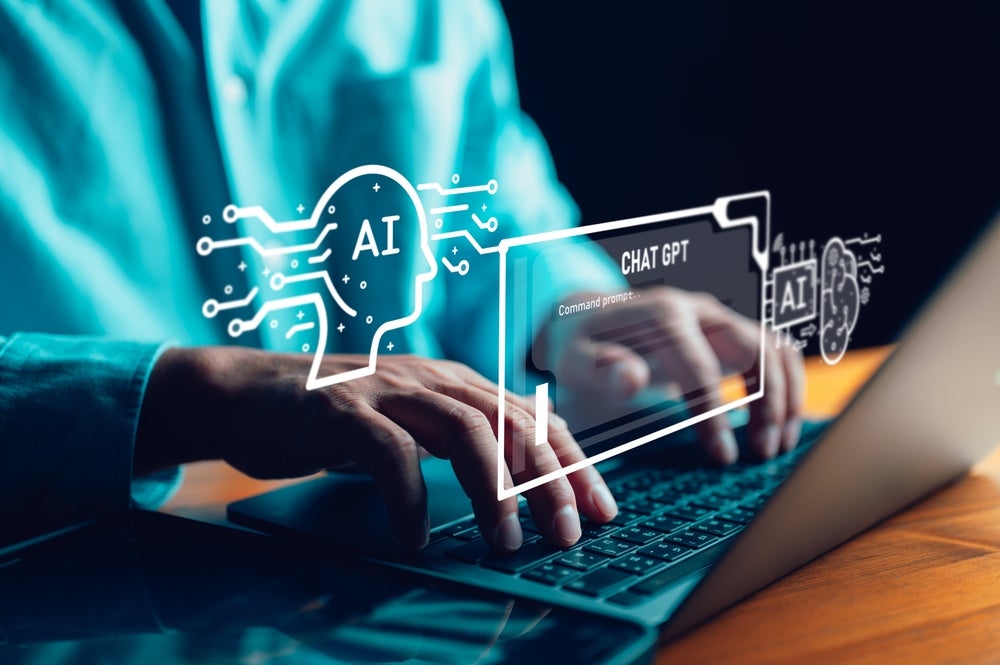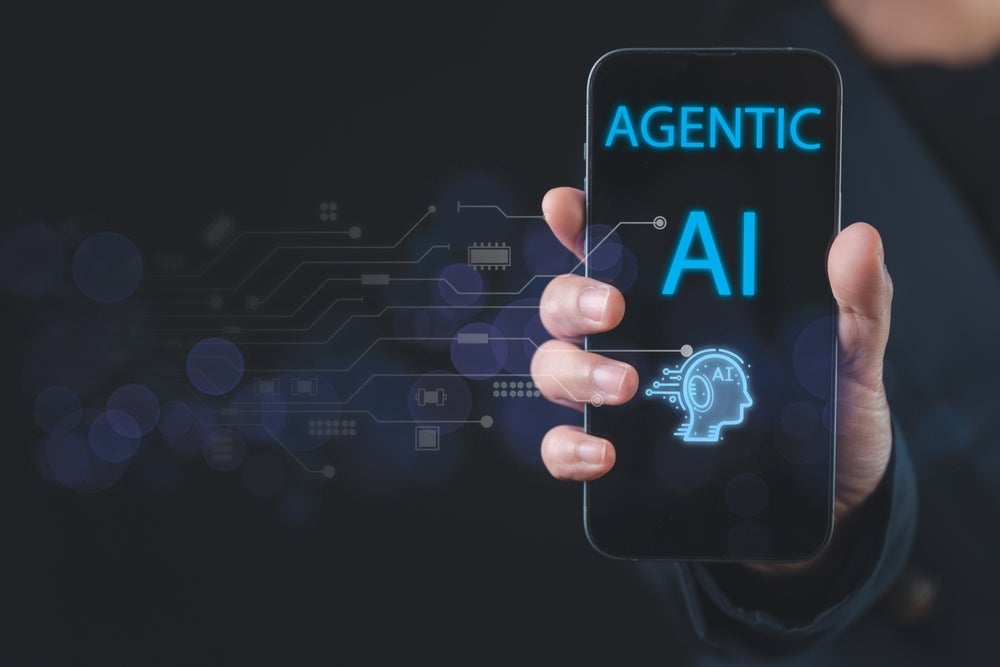Nano Dimension has been granted a patent for an efficient machine learning technique that trains convolutional neural networks (CNNs) with increased speed and accuracy. The method involves storing artificial chromosomes representing weights of neuron connections, recombining pairs of chromosomes to generate new ones with different weights, and updating the chromosomes until they represent CNNs with convergent error. GlobalData’s report on Nano Dimension gives a 360-degree view of the company including its patenting strategy. Buy the report here.

Access deeper industry intelligence
Experience unmatched clarity with a single platform that combines unique data, AI, and human expertise.
According to GlobalData’s company profile on Nano Dimension, Spacecraft 3D Printing was a key innovation area identified from patents. Nano Dimension's grant share as of September 2023 was 27%. Grant share is based on the ratio of number of grants to total number of patents.
Training cnns using genetic evolutionary model with recombination and mutation
A recently granted patent (Publication Number: US11710044B2) describes a method and system for training convolutional neural networks (CNNs) using a genetic evolutionary model. CNNs are a type of artificial neural network commonly used in image recognition and computer vision tasks. The method involves training multiple CNNs simultaneously by storing artificial chromosomes that represent the weights of the neural connections in each CNN.
The method includes recombining pairs of chromosomes to generate new chromosomes with different sets of weights. This recombination process involves selecting entire filters, which represent groups of weights between neurons in adjacent layers, and combining the weights of each selected filter together. The method also includes updating the chromosomes by adding the new chromosomes and removing non-recombined chromosomes. This updating process is repeated iteratively until the chromosomes represent CNNs with a convergent error, indicating improved accuracy.
The method further includes mutating the weights of the new chromosomes based on computed errors for connected neurons. The errors are computed recursively from the final output layer, based on expected values from a training dataset, and propagated backward incrementally to lower layers in the CNN. The error corrections are only propagated to neurons connected by randomly selected weights that are chosen to be mutated.
Additionally, the method allows for the mutation of individual weights or filters in the new chromosomes. These mutations can set weights to zero, assign random values, or modify weights by adding a random value to the current value. The method also provides flexibility in the selection of filters, allowing for one or two-dimensional filters representing weights between a single pair of channels from adjacent layers, or three-dimensional filters representing weights between one channel of a first layer and multiple channels of an adjacent layer.
The system described in the patent includes memories to store the artificial chromosomes and processors configured to perform the recombination, updating, and mutation processes. The processors select chromosomes based on a pre-defined measure of accuracy from a training dataset and generate subsequent new chromosomes in subsequent iterations.
Overall, this patented method and system offer a novel approach to training CNNs using a genetic evolutionary model, potentially improving the accuracy and performance of these neural networks in image recognition and computer vision applications.
To know more about GlobalData’s detailed insights on Nano Dimension, buy the report here.
Data Insights
From

The gold standard of business intelligence.
Blending expert knowledge with cutting-edge technology, GlobalData’s unrivalled proprietary data will enable you to decode what’s happening in your market. You can make better informed decisions and gain a future-proof advantage over your competitors.







